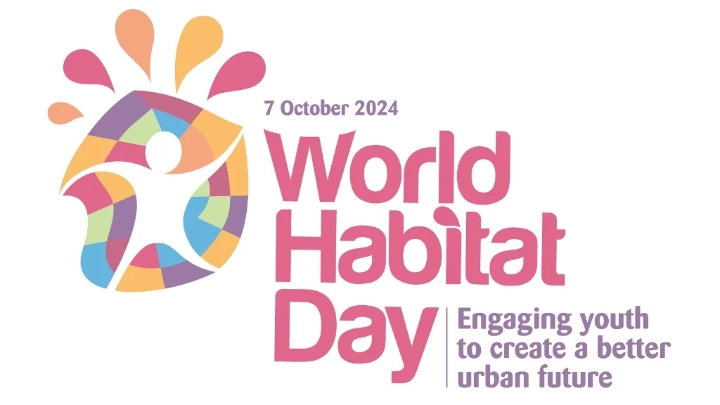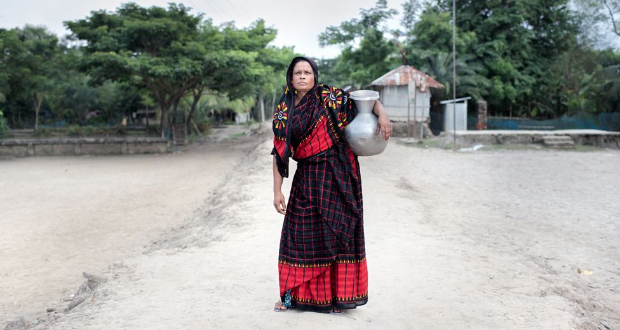The objective the day is to raise awareness about urbanization trends, challenges and sustainable solutions for life in cities and towns in exchange of forests and natural habitats. World Habitat Day this year will be observed in the City of Querétaro, Mexico on the theme “Engaging youth to create a better urban future”. Empowering youth and their involvement in urban decision-making is indispensable for developing resilient cities.
The basic right of all humanity to settle with affordable housing and pristine existence of wildlife is the objective and thus it is the celebration for home. There is a global housing crisis, approximately 1.6 billion people worldwide are living in the substandard housing and almost 150 million people are homeless.
But today my discussion will be on wildlife habitats. In ecology, a habitat is described as a type of natural environment in which a particular species of organism lives. It is characterized by both physical and biological features. A species’ habitat refers to those places where it can find food, shelter, protection and mates for reproduction.
Deforestation and climate change have destructed nearly a quarter of all natural habitats around the world. The rapid loss of habitat would mean rapid extinction of already vulnerable species. The study published in the Nature found that more species are expected to die sooner than predicted.
Shrinking ranges for mammals, amphibians and birds already account for an 18% loss of previous natural ranges, the study found. Climate change and global food demand could drive a startling loss of up to 23% of all natural habitat ranges by this century’s end.
Global food demand currently fuels agricultural sectors to increase land use, moving into habitats previously untouched. What results — deforestation — leaves more CO2 in the air, increasing greenhouse gas emissions, the main driver of climate change. In India, agriculture-related emissions measure 14% of the greenhouse gas emissions.
Rather than focusing on the economic or material benefits from nature, the world began to appreciate the value of nature now and the need to protect the most fragile and beautiful environments for posterity.
Today, the governments worldwide with a strong movement is mobilizing to protect habitats and preserving biodiversity on a global scale. The natural environment is a source for a wide range of resources that can be exploited for economic profit, for example timber is harvested from forests and clean water is obtained from natural streams. However, land development from anthropogenic economic growth often causes a decline in the ecological integrity of nearby natural habitat.




